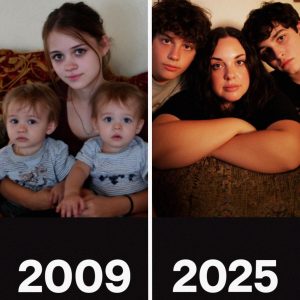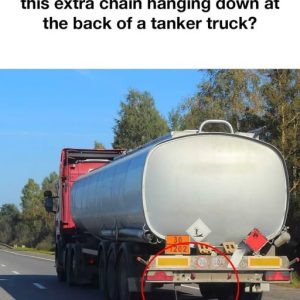Paragraph 1:
A destructive fire tore through the Pamplona Alta neighborhood in San Juan de Miraflores, Lima, on Saturday afternoon, leaving the hillside community in chaos. The area, known for its tightly packed, improvised homes, became a tinderbox as the flames spread rapidly. What started as a small blaze quickly escalated, consuming structures constructed from highly flammable materials and exacerbated by the close proximity of dwellings. Residents were forced to flee with only the belongings they could carry, while smoke and flames created a harrowing scene of destruction across the hillside. The fire’s speed and intensity left little time for evacuation, highlighting both the vulnerability of informal settlements and the challenges faced by local emergency responders in densely built areas.
Paragraph 2:
Early reports indicate that dozens of homes were destroyed or severely damaged, with some estimates suggesting that more than a hundred households were affected. The human toll is significant: hundreds of people are now displaced, many of whom have lost almost all their possessions in the fire. Local authorities and firefighters have worked tirelessly to control the blaze, and while the flames have largely been contained, families continue to wait on the streets, uncertain about what comes next. Makeshift shelters, community centers, and local institutions are expected to become temporary havens for those impacted, as emergency teams coordinate aid and attempt to meet immediate needs such as food, water, and clothing.
Paragraph 3:
Firefighters reported a critical moment in the fire’s development when the flames reached what appeared to be an illicit pyrotechnics workshop hidden within the community. Small explosions were heard and witnessed by residents, complicating firefighting efforts and increasing the fire’s intensity. Authorities are now investigating the site as a potential origin point for the blaze, examining the materials and conditions that could have contributed to such a rapid escalation. Determining the exact cause is crucial not only for accountability but also to prevent similar incidents in the future, particularly in neighborhoods where informal workshops and unsafe practices are more common due to economic necessity.
Paragraph 4:
The immediate response from local authorities, fire crews, and emergency teams has focused on containment, assessment, and relief coordination. Firefighters worked under challenging conditions to prevent the fire from spreading to adjacent areas, while emergency workers began cataloging the scale of the destruction and identifying families most in need of assistance. NGOs, local volunteers, and neighborhood organizations have mobilized to provide blankets, food, and temporary shelter. The situation underscores the importance of coordinated disaster response and the challenges of delivering timely aid in densely populated informal settlements where roads are narrow and access is limited.
Paragraph 5:
Despite the devastation, the community has shown resilience and solidarity in the face of tragedy. Neighbors helped each other evacuate, sharing resources and ensuring that vulnerable residents, including children and the elderly, were guided to safety. Moments like these highlight the social bonds that sustain communities through crises: families checking on neighbors, volunteers distributing supplies, and local authorities engaging directly with residents to manage immediate needs. The fire serves as a reminder of how precarious daily life can be in informal settlements, where a single accident can ripple outward, disrupting the lives of hundreds and leaving long-lasting emotional and economic scars.
Paragraph 6:
Looking beyond the immediate aftermath, the incident raises broader concerns about safety, urban planning, and preparedness in hillside and informal neighborhoods. Fires in areas like Pamplona Alta expose the dangers of flammable building materials, unregulated workshops, and insufficient infrastructure for emergency response. The road to recovery will be long, requiring not only rebuilding homes but also addressing systemic vulnerabilities to prevent future disasters. In the meantime, the focus remains on collective mercy and mutual support: neighbors comforting each other, authorities providing rapid assistance, and the community demonstrating that even in the face of catastrophe, human compassion and cooperation remain the most powerful tools for survival and recovery.





